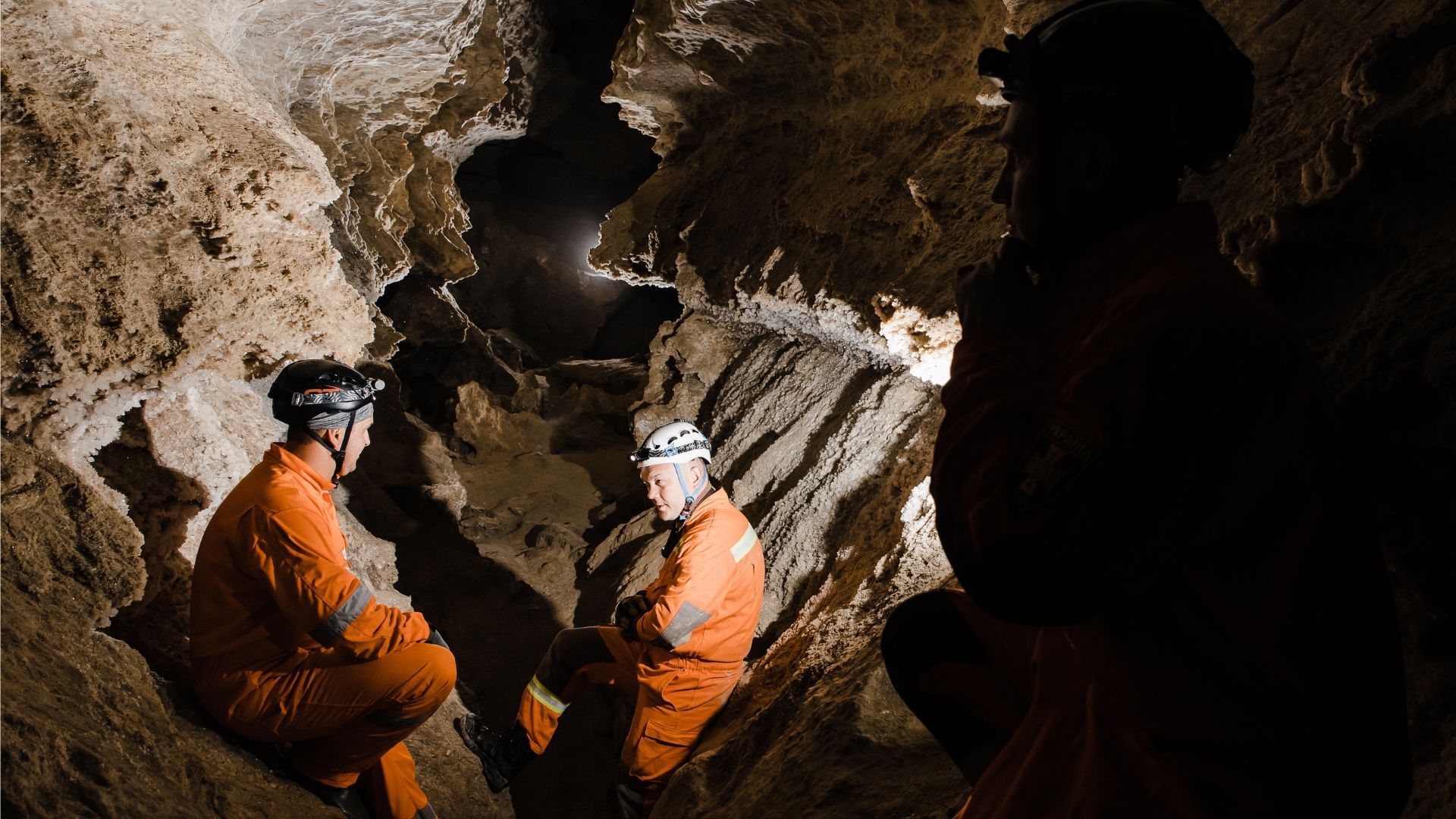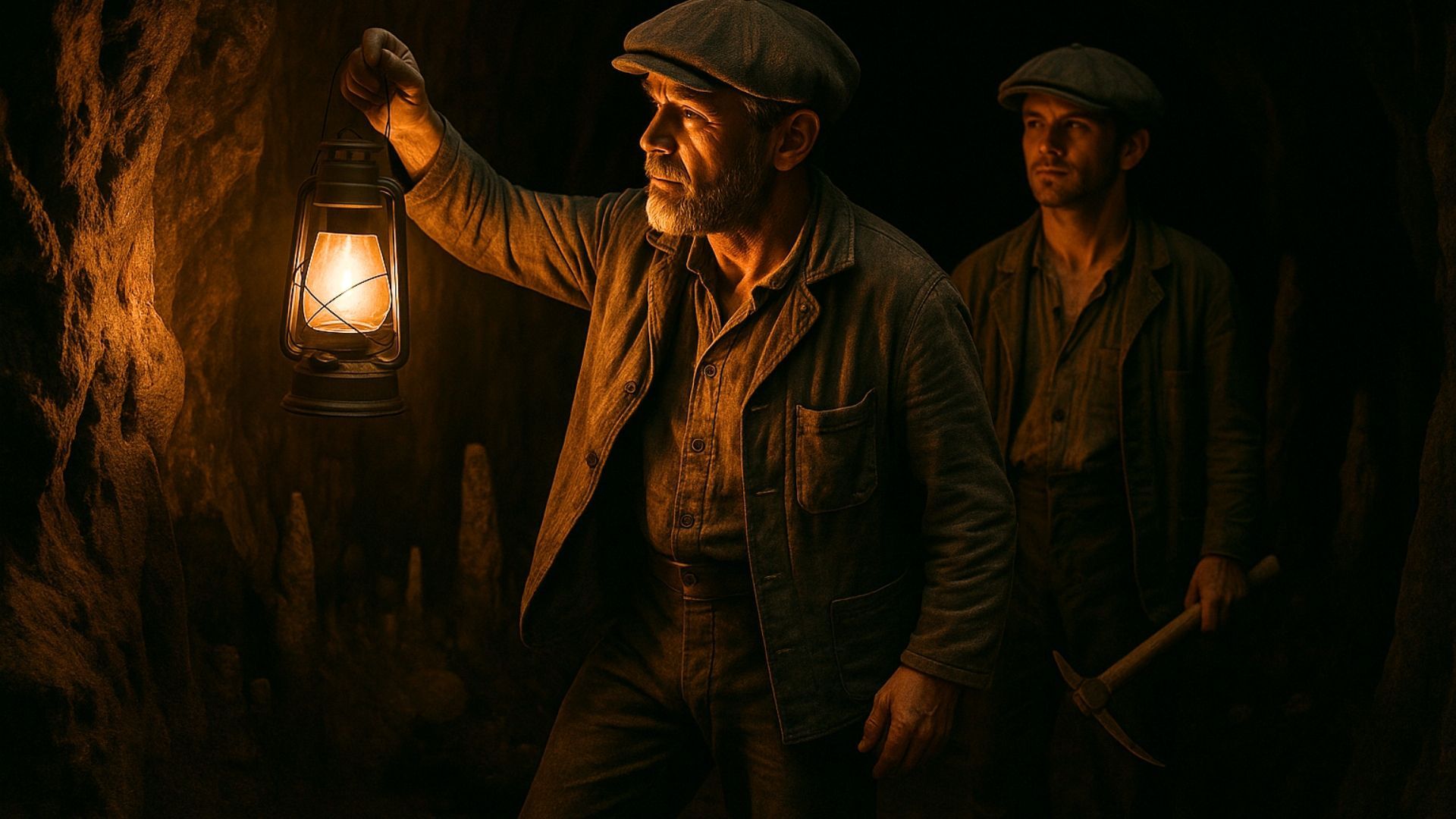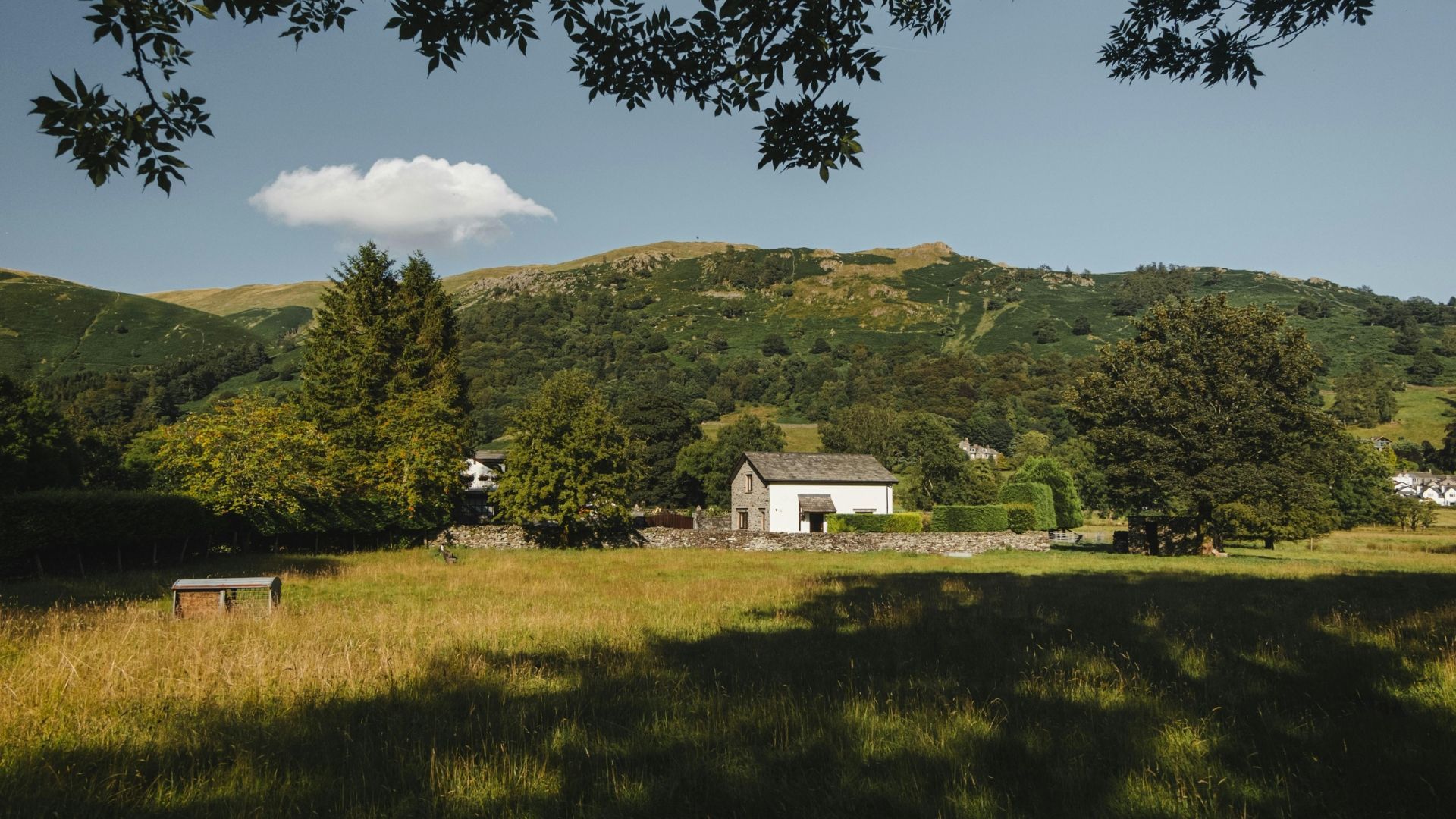Baltic amber and pyrite: two of nature's timeless wonders
How are amber and fool's gold formed? Find out in our article about 2 remarkable natural phenomena.
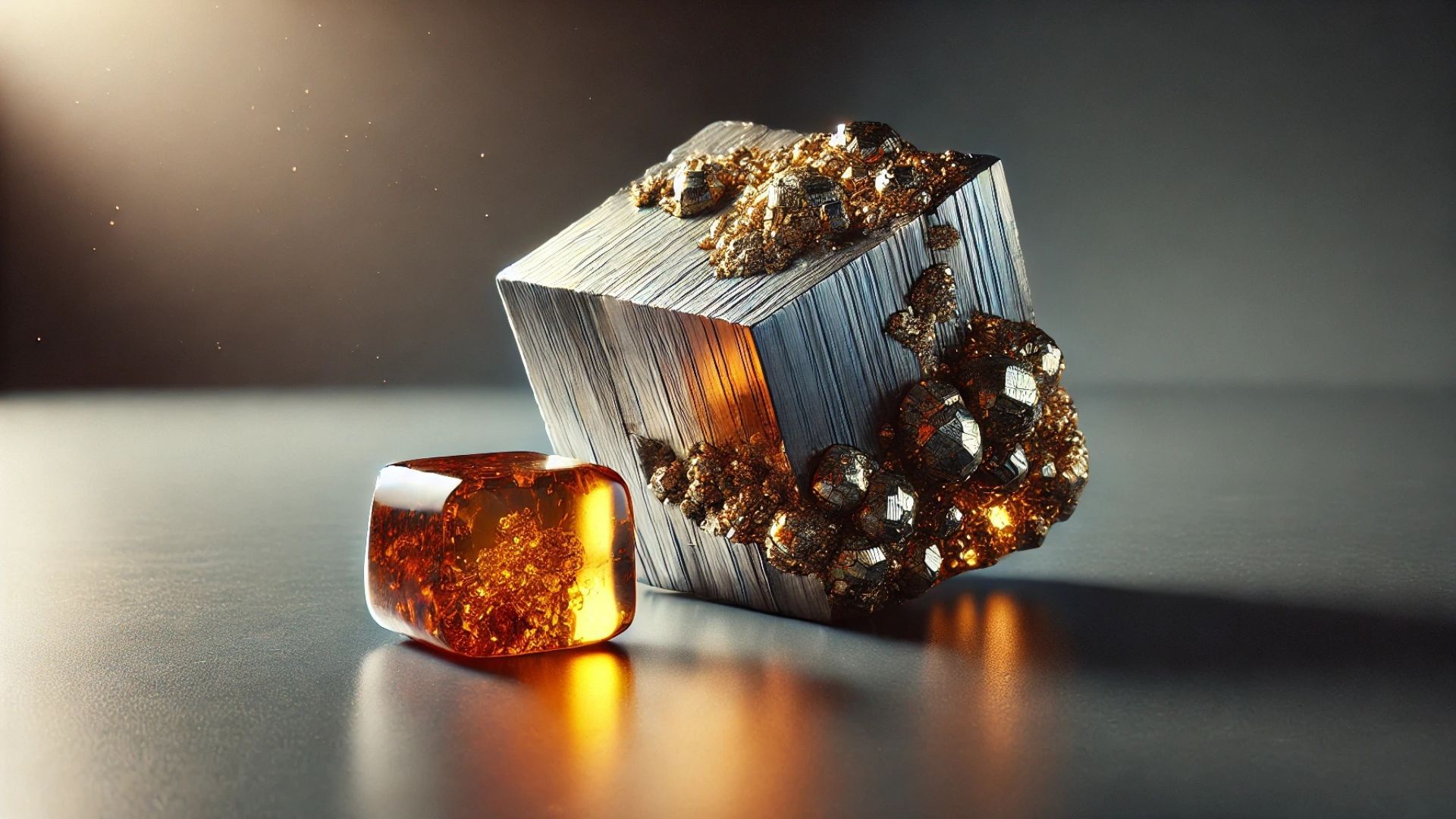
Here at Stump Cross Caverns, we're mad about geology. That's why this winter, we're holding workshops dedicated to two remarkable materials: pyrite, commonly known as fool's gold, and Baltic amber.
We first got excited about pyrite when Nick and Lisa (AKA
Cavewoman) visited Victoria Mine in Navahun, Spain, and marvelled at the cubic pyrite crystals there. These beautiful specimens were millions of years old. Wow!
We simply had to bring them to Stump Cross so visitors could get a look.
Then there's Baltic amber, a beautiful, ancient material formed from fossilised tree resin. Each piece of amber has travelled many miles over millions of years.
But that's just the beginning. Let's find out more about these two timeless wonders…
What is pyrite?
Pyrite, or iron sulfide, is commonly known as "fool's gold". It's often found in the same place as gold and sometimes shines like gold. This has led many a miner to be fooled into taking home something less valuable – but no less fascinating.
The word "pyrite" comes from the Greek word for fire,
pyr (think "pyromaniac"). This is because it can create sparks when struck against metal or stone. Ancient civilisations used it for fire-lighting and modern societies used it for firearms. In the south of Thailand, it's said to ward off evil, black magic and demons.
Today, it's mainly used for jewellery. It's also highly useful in the search for gold, as the two often form together. But how is it formed?
Well, the ancients believed it was formed deep within the Earth and brought to the surface by volcanic activity. Today, scientists tell a different story. Bacteria reduce sulfate ions in underground water, creating sulfide. This then reacts with iron to form pyrite.
It's found in many places: igneous, sedimentary and metamorphic rocks, hydrothermal mineral deposits and coal beds.
And like amber, it's exceptionally good at preserving fossils. In 2024, for example, researchers cracked open a piece of pyrite to discover a 450-million-year-old spider!
The specimen was so well preserved that Luke Parry, who led the research team, remarked, "They look as if they could just get up and scuttle away".
What is Baltic amber?
Every piece of amber, Baltic or otherwise, has a long and storied history.
It begins with a tree getting cut or knocked. To protect itself against disease, the tree oozes resin, forming a natural scab over its wound.
The resin flows down to the forest floor and becomes embedded in the sediment. On the way down, it can trap insect or plant life.
Millions of years pass. A chemical substance called terpenes breaks down and leaves the resin. The result is amber.
This process happened millions of years ago in the forests of Northern Europe. So, how did pieces of Baltic amber end up on the shores of the UK?
Over the last two million years, glaciers melted and shifted amber deposits towards the Baltic shorelines. Storms churned the sea bed and sent them out to sea, ending up on foreign shores.
Amber has remarkable fossilising properties. Most amber inclusions are insects and arachnids, some trapped in motion. But amber can also fossilise lizards, dinosaur feathers, plant species and even birds.
Most specimens of amber are, well, amber. But they come in a surprising array of colours – from white to citrus yellow, from brown to black.
Today, amber is used for jewellery and lends its distinctive pinewood scent to some perfumes. Some people believe it has restorative properties.
What is the oldest material on Earth?
Pyrite and amber are astonishingly old. But did you know that the oldest material on Earth is 7.5
billion years old?
Scientists found dust grains within a portion of the Murchison meteorite that fell to Earth in 1969. These grains are older than our Solar System, which is a spring chicken at 4.6 billion years old.
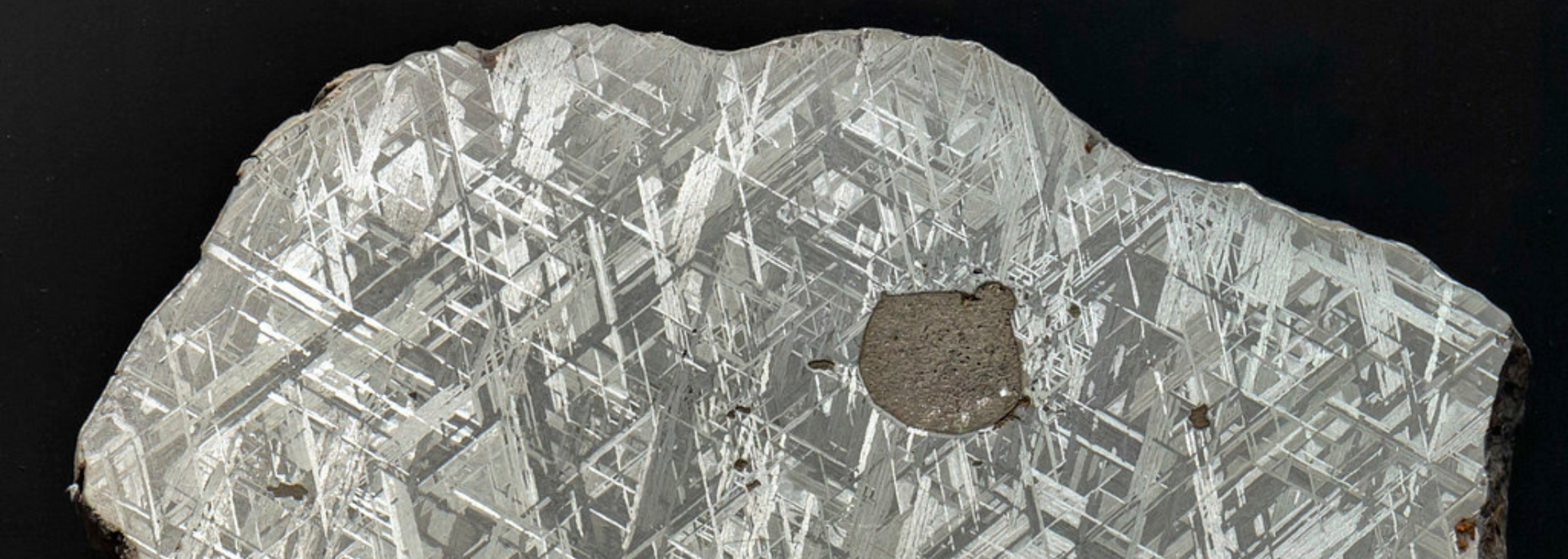
Lead researcher Philipp Heck described the grains as "solid samples of stars, real stardust". They were analysed by pulverising fragments of the meteorite into a paste. It's like, says Heck, "burning down the haystack to find the needle".
"I am sure," he continues, "there are older pre-solar minerals in Murchison and other meteorites. We just haven't found them yet."
What is the Gold Experience?
Our
Gold Experience combines a fascinating presentation on pyrite mining with hands-on fun.
The presentation is led by an expert and covers the history of pyrite crystals. It also zooms in on the geological riches of the Victoria Mine in Navahun, Spain.
Then it's time to roll your sleeves up, soak a piece of limestone in water and watch as cubic pyrite crystals are revealed. Every participant gets to take their sample home.
This workshop is suitable for geology buffs and curious novices alike.
If you can't make the session, why not buy a
Mine Your Own Pyrite Cube from our website? It's a fun, hands-on activity suitable for miners of all ages and skill levels.
What is the Amber Experience?
Book for our
Amber Experience to learn all about Baltic amber. You'll create your own amber necklace and learn how to infuse water with amber. You'll even get to take home a sprinkle of amber dust to remember your special experience.
Final thoughts
At Stump Cross Caverns, we're sitting on a geological treasure trove. Pay us a visit and you can explore one of the best-preserved
caves in Britain, full of stalagmites and stalactites formed thousands of years ago.
But our interest in the Earth's history stretches far beyond the caves – far into the distant reaches of the past. Holding a piece of pyrite or Baltic amber in your hands, you're holding a piece of prehistory. It's a humbling and awe-inspiring experience.
So, if you have a passion for prehistory or a fondness for fossils and gems, why not
book for a gold or amber experience at Stump Cross Caverns? We look forward to seeing you in the caves!



